Some thoughts on eating out in Japan and China
1 comment
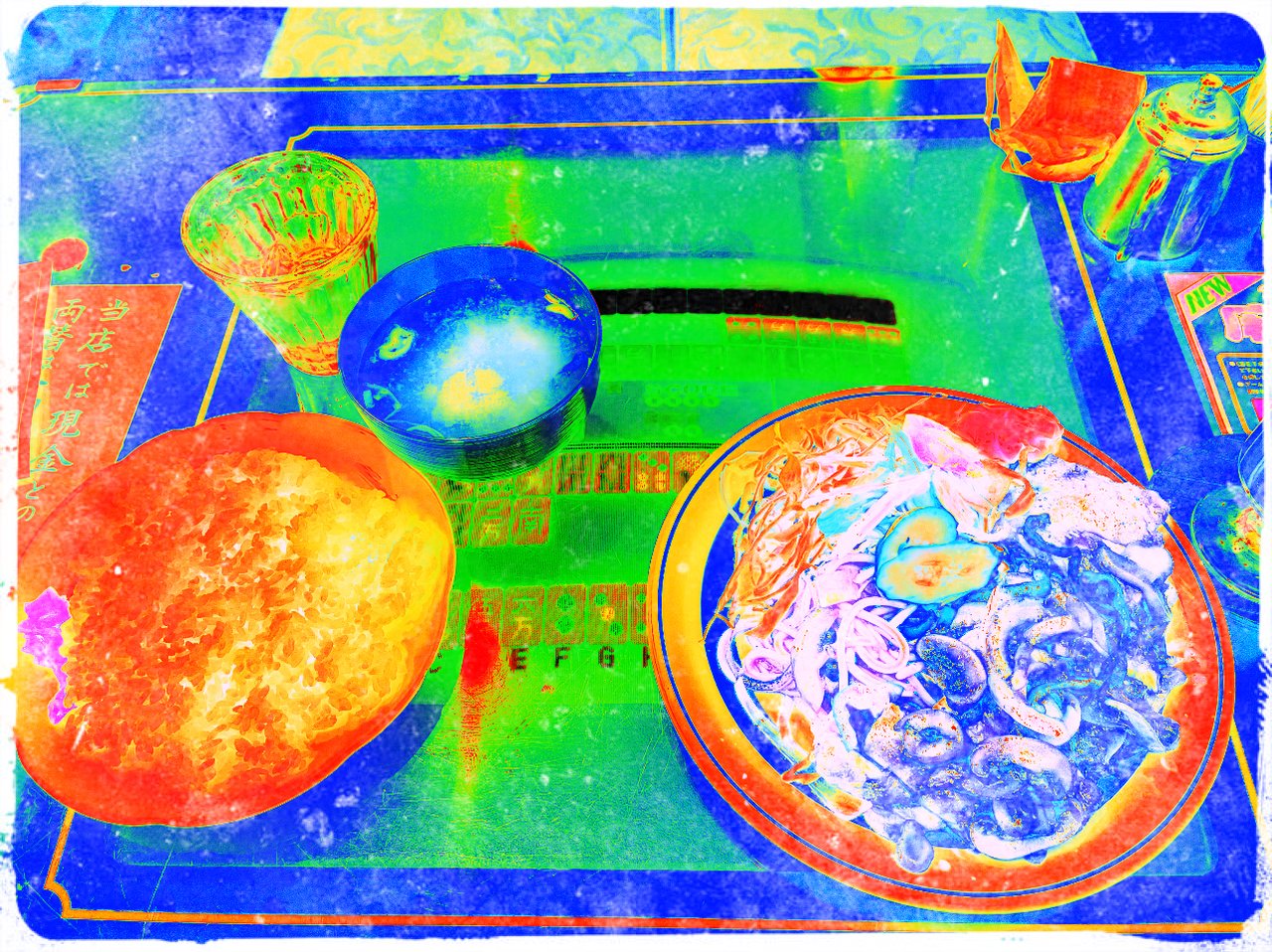
I started writing some random threads about food and though maybe I should write a post about it.
First of all the best thing about food in Japan is that the minimum standard is way higher than anywhere else. There isn’t much that is objectively bad, the average taste of restaurants local and foreign here is high.
I love that. It means I don’t have to think much about where to eat, I can try out new restaraunts and not worry about it being bad.
Sometimes it’s bad, but rarely.
In China it there was more great food and much more horrible food. The high end was very high and sometimes very affordable, and low end was absurdly low. Because a few plain steamed meat bun was less than a dollar, it never made sense to me that those restaurants could survive. If it’s just about saving money there are other options.
If you go to China stay away from food near college dormitories. The food is abysmal there. Places with big tables and people drinking beer 大排档 tend to be better. Some small local shops are good but it’s a role of the dice
What I miss from China the most is Suan La Yu (spicy pickled fish soup) and yaxue (congealed duck blood pudding) in hot pot or ma la tang. I also miss the hipster cafe chain western brunch food at Maan coffee. Not incredible but a nice escape from chinese food sometimes and interesting atmopshere for a reasonably priced chain store.
Western food in China could be ridiculous too, just completely off the mark. Pizza was usually horrible. Its not great in Japan but some places do American pizza alright and the italian pizza is good, though i can’t say its authentic.
Japanese food in China was really not bad if they put effort in, though some of the cheaper places were really weird. Dried beef sushi ….no thank you.
Chinese food in Japan is not bad but many restaurants cook exactly the same thing. It has gotten much better since more restaurants started catering to chinese customers. Japanese style Chinese is not bad but it lacks the essence of true Chinese food. Too Little garlic, too little chili, and a fixation on Mapo Dofu and other named dishes which gets way too much attention.
Most of my favorite chinese food felt more original, not a carbon cut copy of some popular dish. This is true everywhere actually.
I think the modern lifestyle and tourism has lowered the quality of food in many popular food destinations.
Chengdu in China and Tokyo in Japan both used to have lots of tiny local restaruants that served lunch sets or small random dishes, but in Chengdu everyone realized they’d make more money selling hot pot and in Tokyo it’s curry.
Tokyo cafes used to be so incredibly diverse. Now 70% focus on easy dishes like curry and pasta. Not bad but all similar. I guess its safer for attracting new customers since those are dishes most people can accept.
A lot of old restaruants in Tokyo have disappeared because no one wants to continue their family businesses and because restaruants run on thinner and thinner margins. Many good older places survive as side gigs for the owner who wanted to keep it going but didn’t feel financially stable doing so as their main work.
I guess Japan is similar to China in that the best food is at drinking establishements. Izakaya have variety and more original food. I miss daytime sets at local shops but nighttime food is as good as ever.
The shitty thing about eating out at night in Japan is that its expected to order a drink and dishes are small so the bill tends to be way higher than you planned. Shops feel a bit entitled because theyre used to customers ordering a lot so they might be annoyed if you order a small amount but they won’t usually let you know.
Because margins are thin, they also get uncomfortable when you sit too long. I miss this about the early 2000’s. Shops seemed more welcoming to let you sit for long periods of time.
If you come to Toyko, I recommend trying all the food you can’t get back at home. Saba Miso (sweet miso mackerel), Monjayaki (pukey looking but delicious pan fried batter and random ingredients like kimchi or curry or cod roe), or going wild and ordering tons of small dishes at izakaya. Many izakayas have unique recipes. I love a good potato salad with garlic chips but I’ve only seen garlic chips in 2 or 3 restaruants.
Anything with mentaiko is wodnerful, spicy fish roe. Egg cheese mentaiko, udon noodles with mentaiko and raw egg.
If you want something different I really recommend monk fish liver though it’s not available everywhere.
Vegetarians…good luck in Japan, they don’t care about you hahaha. You’d better look online. If you come visit let me know and Ill give you my personal recommendations for vegetarian because there aren’t many but I know a few.
In China there are Buddhist restaurants, and many have buffets. Not bad!
In Asia i miss Mexican food and Greek food which was abundant in the states but not here. There’s more good Indonesian and Korean in Japan though, at least compared to where I lived.
I also miss New York style delis with pasta salad, pickles, roast beef etc. thats not a thing here. You could find it in Roppongi or somewhere in Shibuya maybe but it won’t taste the same.
Also salad dressing here is limited and they don’t use enough. Cake isn’t as sweet but it’s better for it.
One other very interesting side note.
The way different countries think about food is interesting. Japanese people tend to want to collect information and knowledge and during the bubble era many shops ran campaigns with obscure dishes so they know all kinds of food but if it wasn’t a trend at some point they don’t know it at all.
In Japan there are tons of names for really specific food. People know the names for different kinds of grapes or different kinds of oranges. They focus a lot on regional specialties and seasonal food.
America is like a blunter less verbal version of this. We talk about the nuance of food less because it bores a lot of people and we are generally less nuanced except with regard to the things we are most interested in.
In China people feel more comfortable with Chinese food which is incredibly diverse in its own right but avoids certain flavors. Foreign restaurants tend to be run by and cater to foreigners but they are rare outside of major centers.
I realized that in China they describe everything in terms of simple flavors but can identify nuances that I’ve never thought of before even with simple terms.
There are some flavors in regular food that I never realized. The most striking was that I never thought of milk as sweet. Milk was just milk.
But Chinese friends called it sweet, and when I thought anout it, it is!
Another one is tomatos being sour. It’s something I never thought about before because it’s not THAT sour.
Salty, sweet, spicy, fragrant, bitter, sour. Its amazing how much food we don’t think of as being one of these in English because we aren’t as acustomed to talking about the nuances of food.
Before I would have said “a tomato tastes like a tomato”.
Here is some food, mostly Japanese. I don’t have quick access to any pictures of food from China but search the dishes I mentioned here.
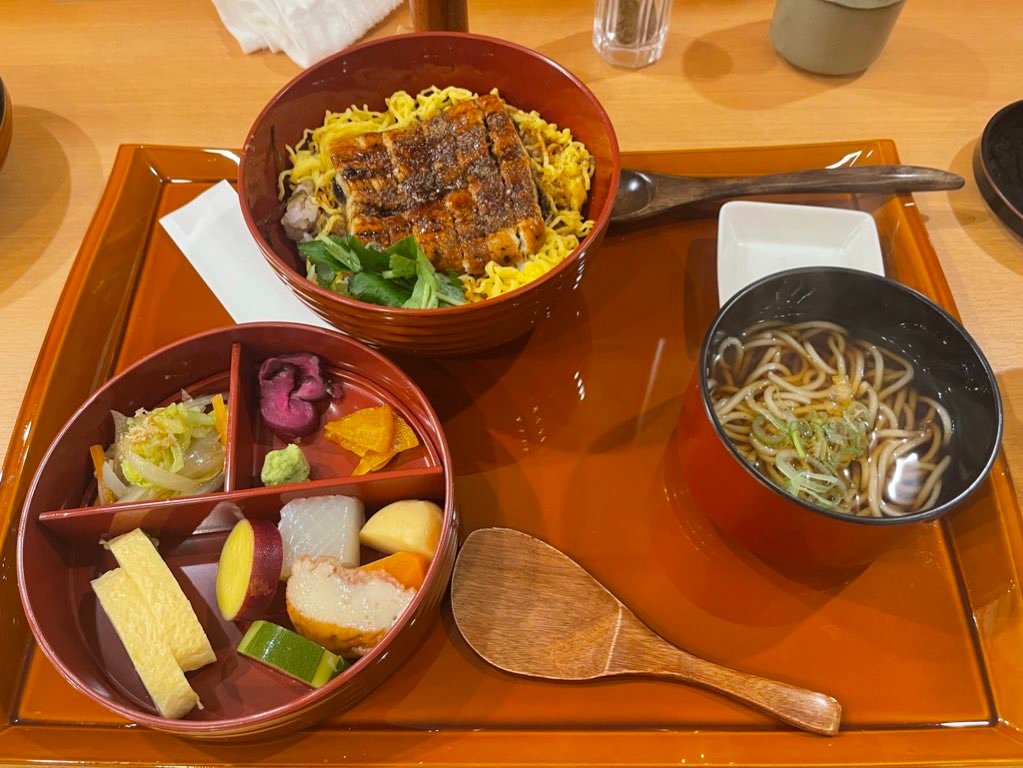
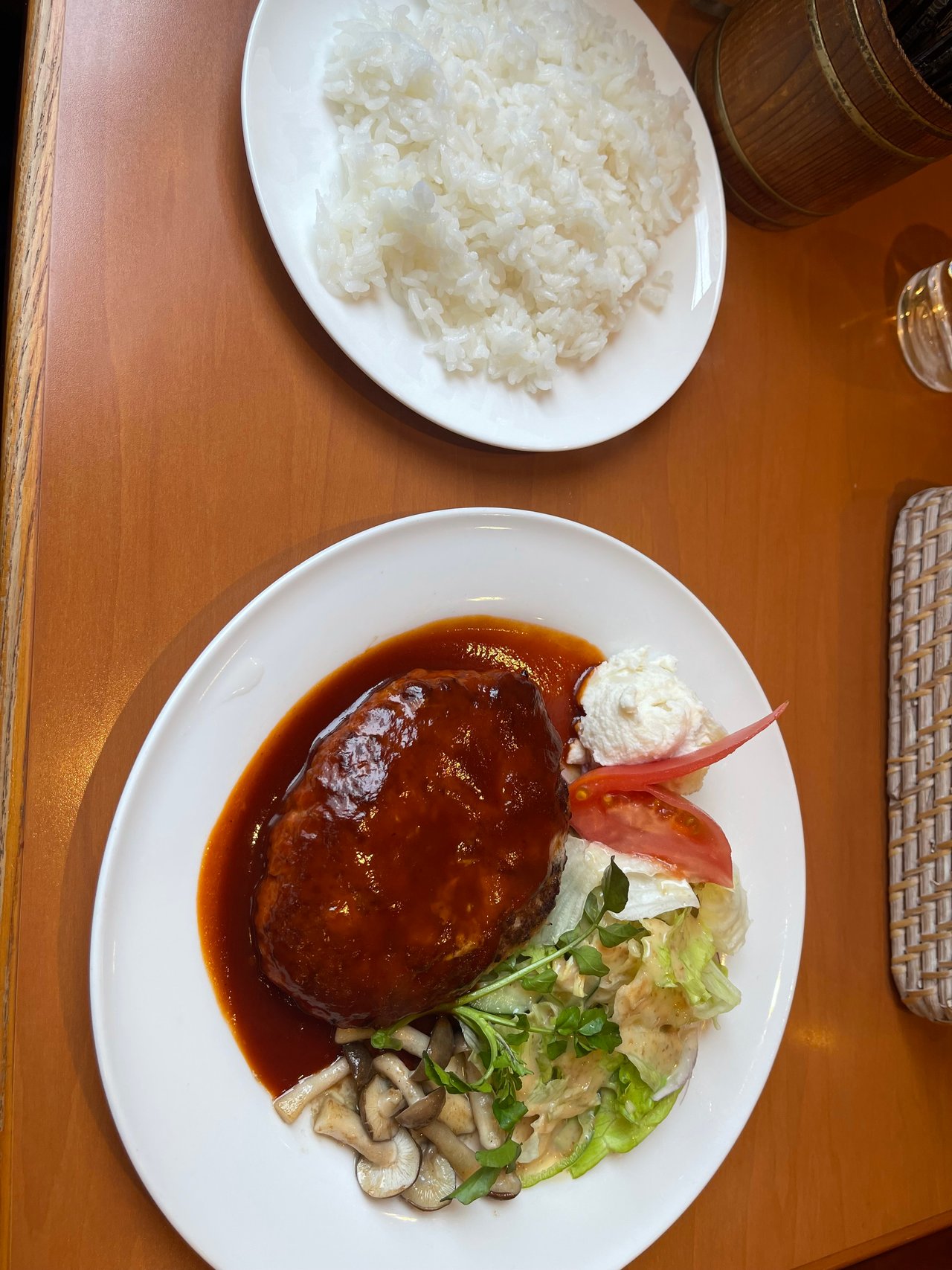
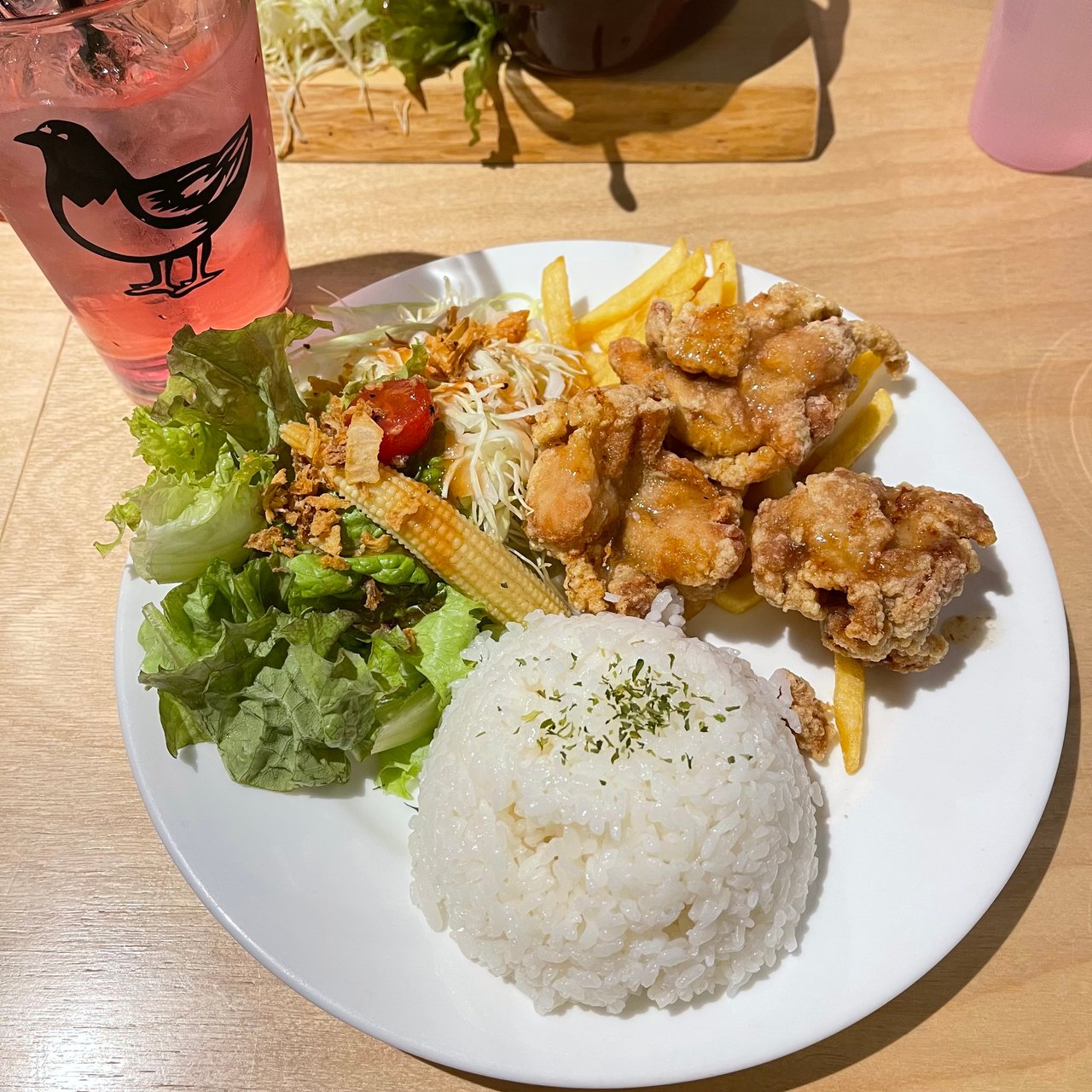
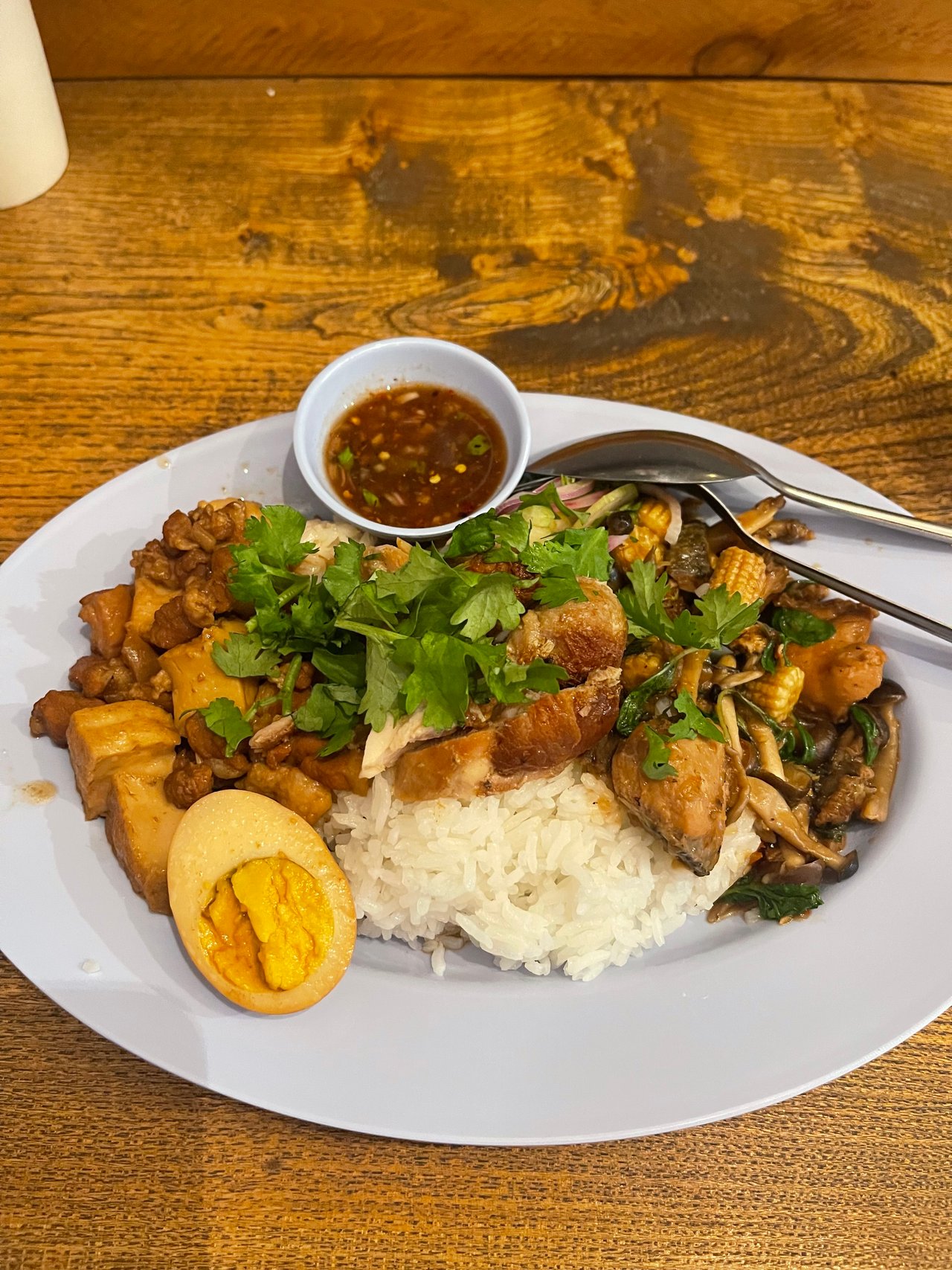
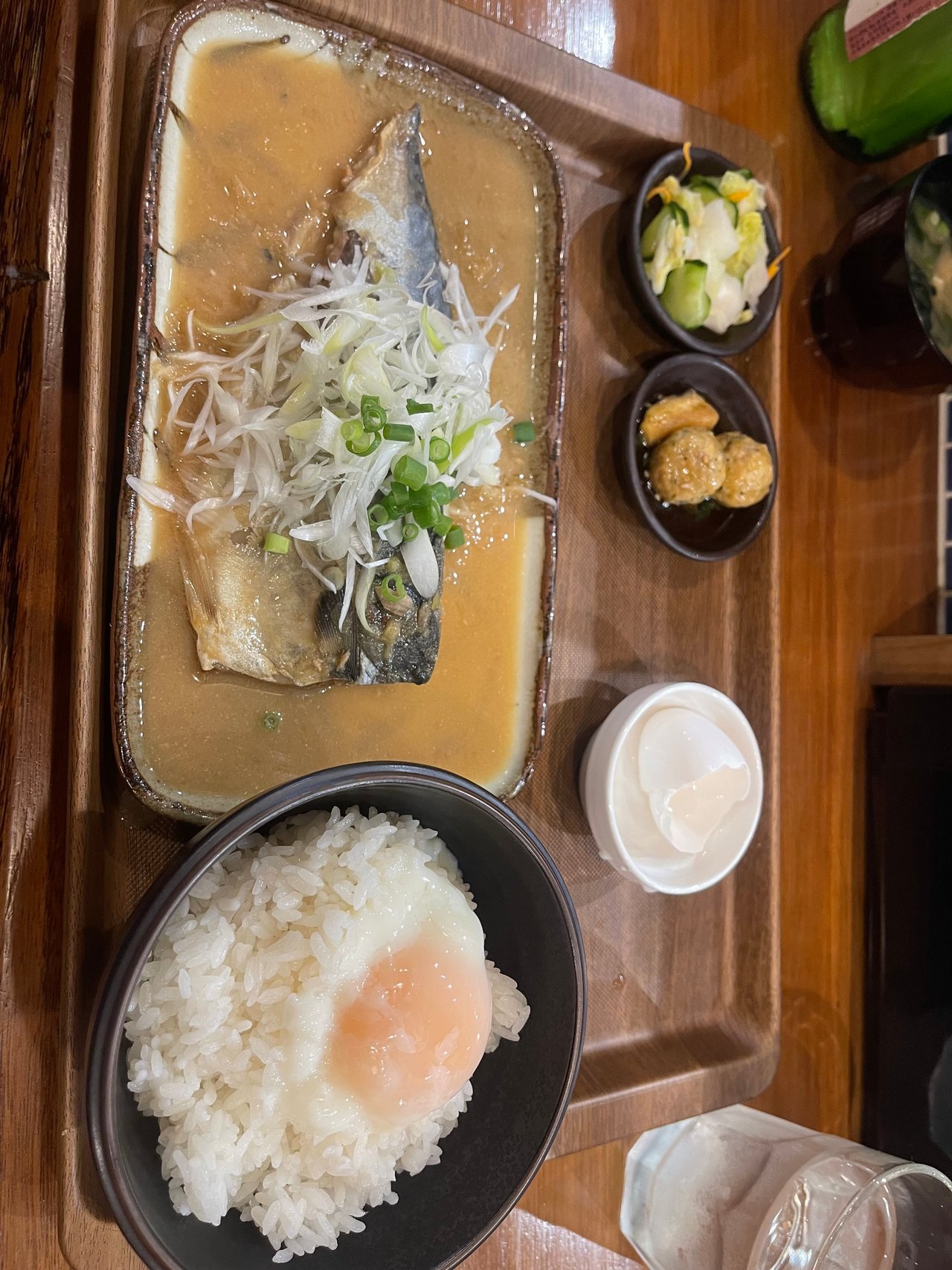
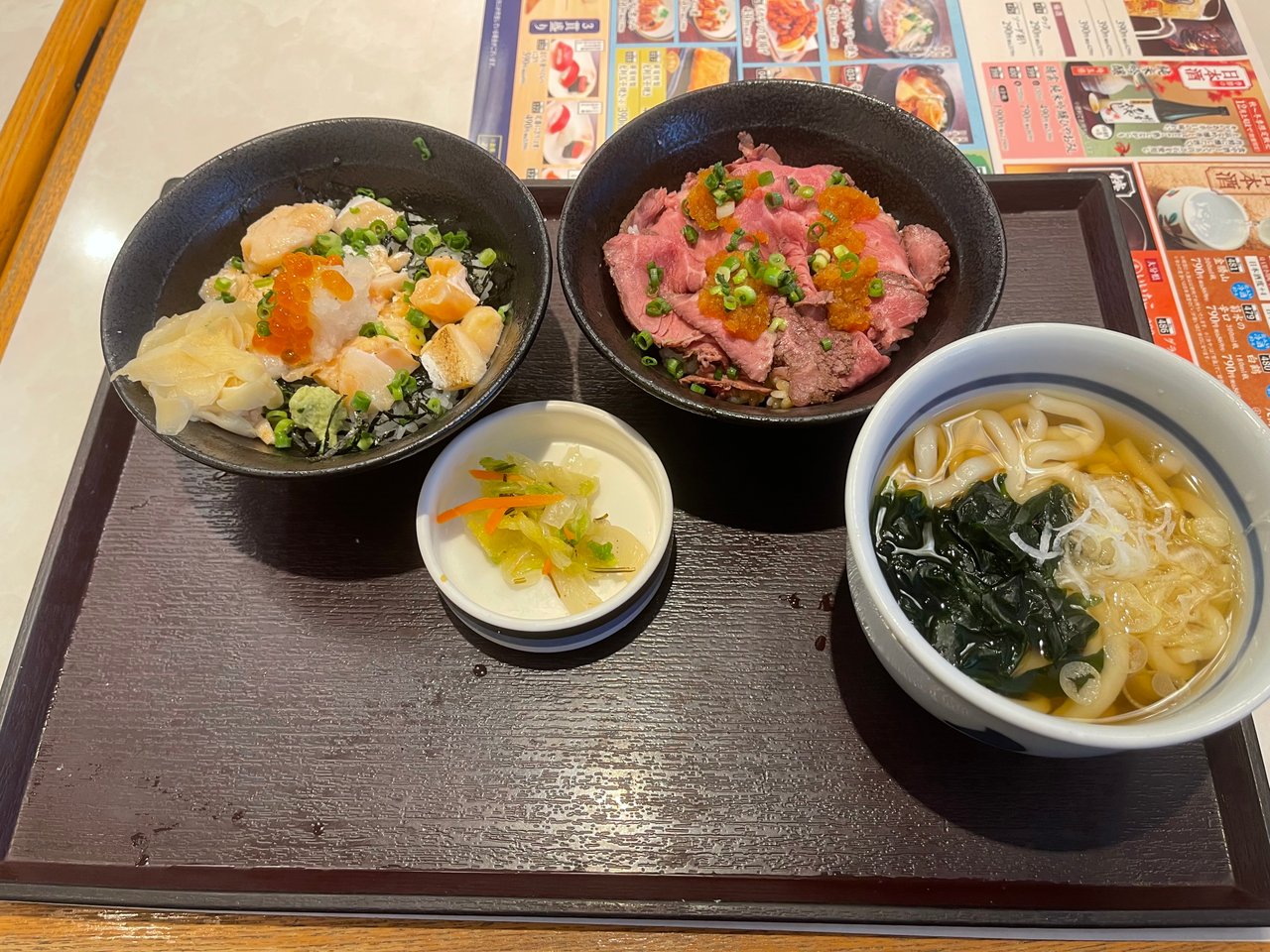
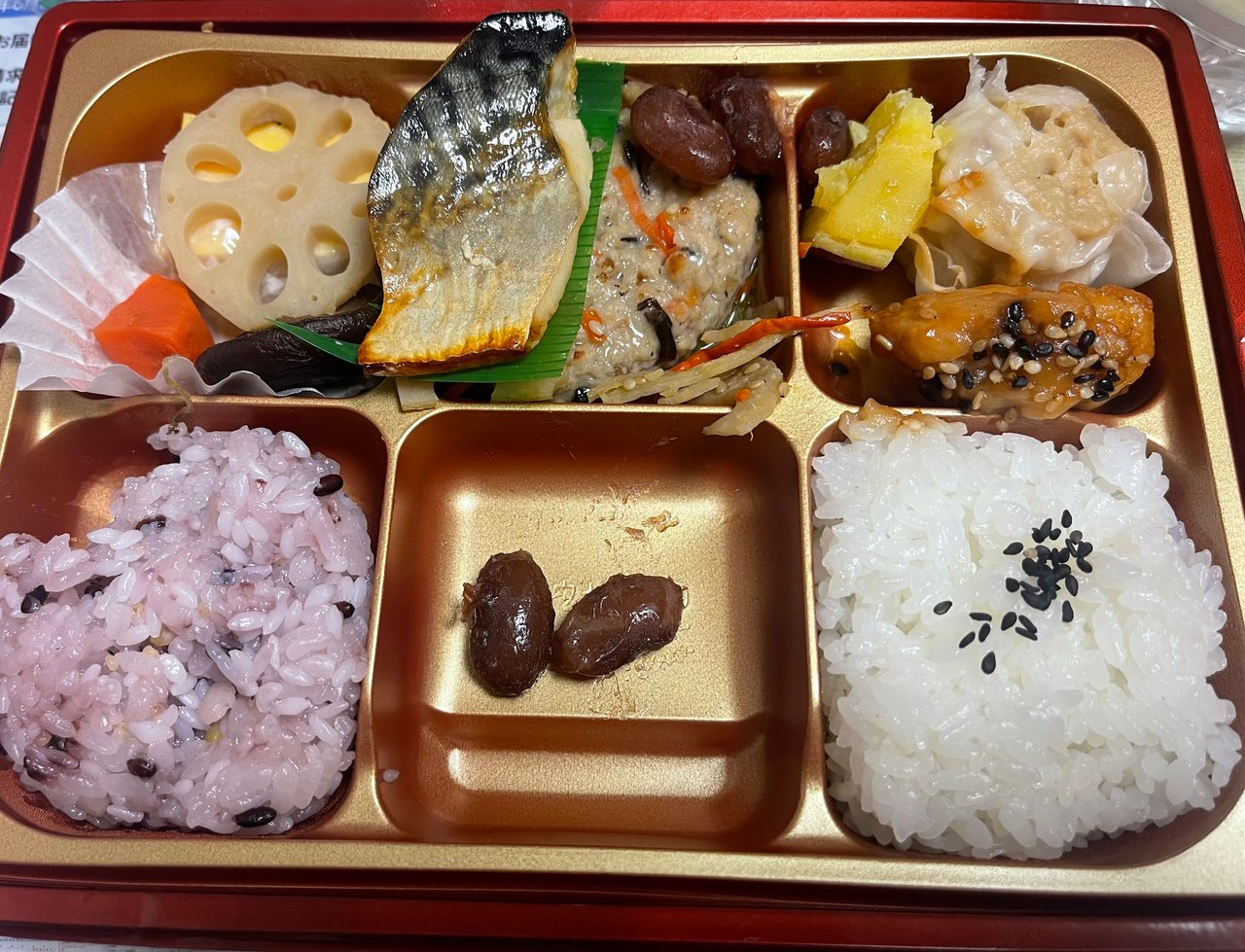
Posted Using

Comments